Make your clean sounds shimmer with these 16 captivating guitar chords to learn
Set your reverb pedals to stun

When you’ve spent time crafting a shimmering clean tone, the first thing you want to do is hit a lush, expansive chord and bathe in the overtones.
Here’s an unashamedly luxuriant selection of chords – if you’re using effects, try adding a rich hall or plate reverb and a wash of stereo chorus…
Enjoy!
F#11

Rush guitarist Alex Lifeson is probably responsible for introducing quite a few heavy-rock guitarists to the world of interesting chords, with his extensive use of chiming chorus-laden suspensions. Here’s a nice easy way to play F#11. Turn up the chorus depth control!
Em9sus4

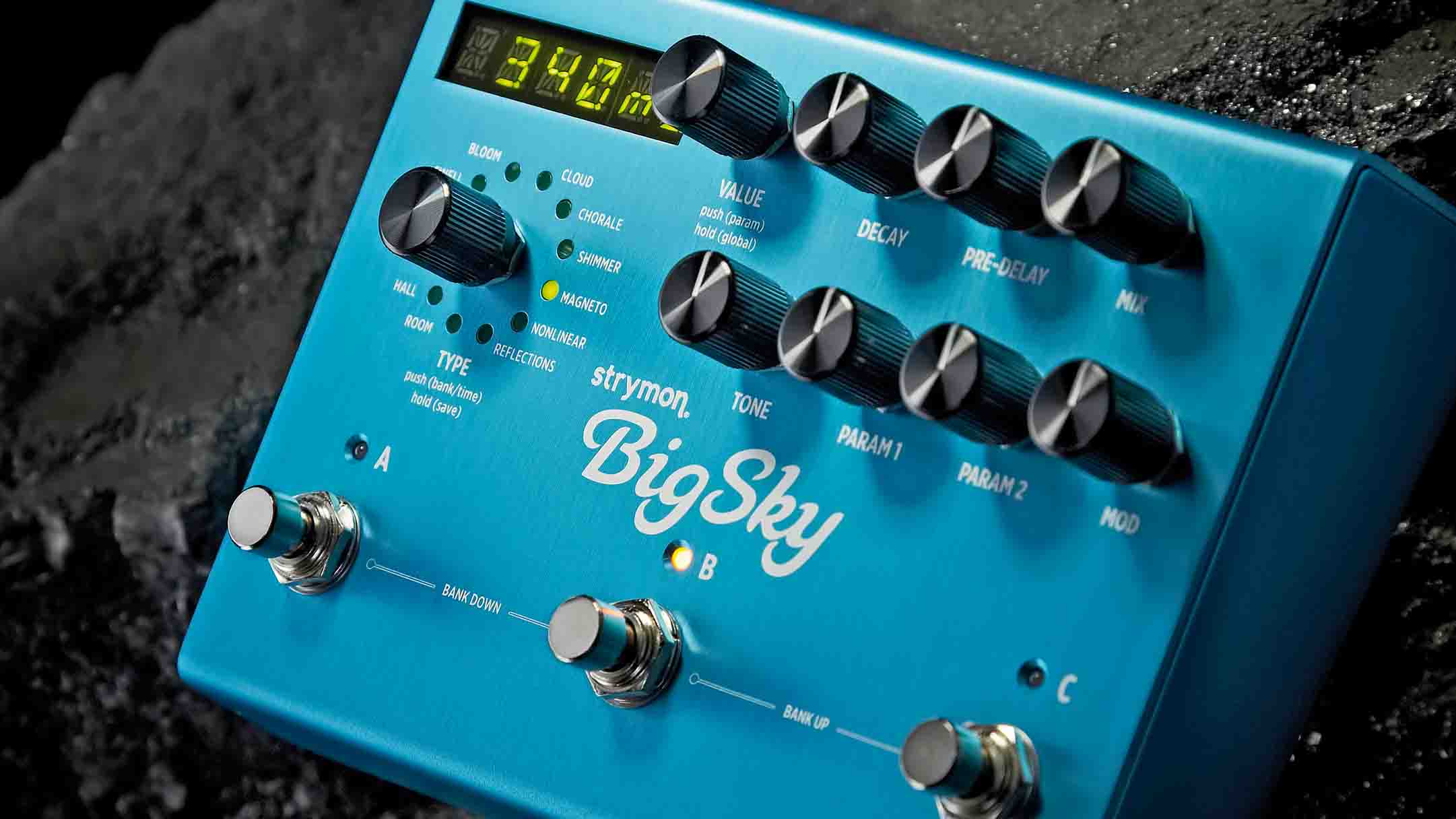
This one lacks a 3rd, so will work in either an E minor or E major (Mixolydian) context. This ambiguity gives it a kind of static, open sound that’s somewhat reminiscent of mid-60s modal jazz.
Lop off that bottom E and you have a movable minor 11 shape… Bm11 in this position.
Gmaj7sus2
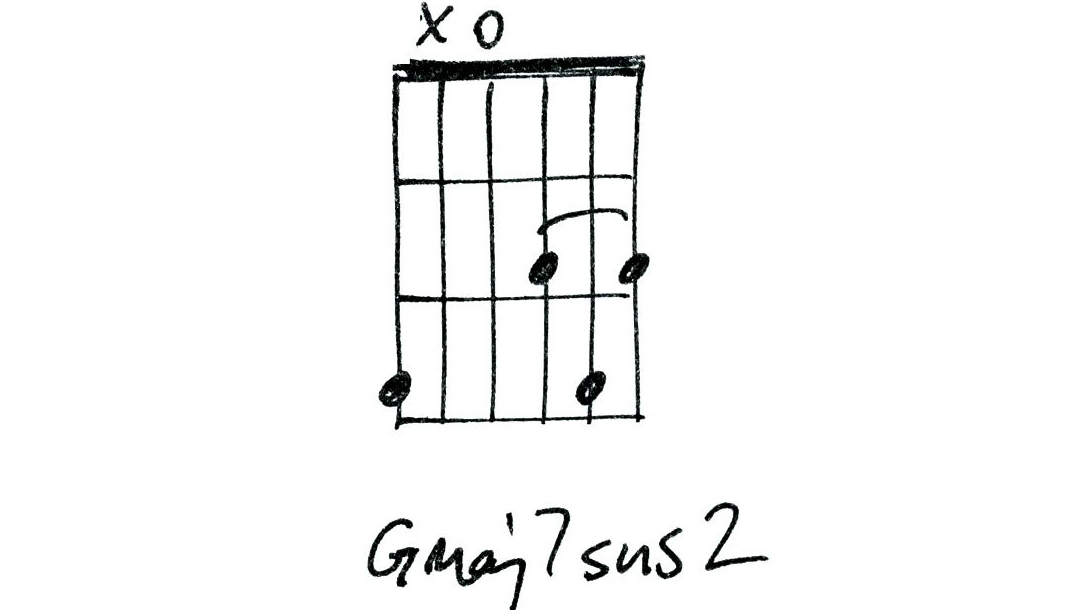
Shimmering clean-tone chords don’t have to have open strings, but as you’ll see, it helps. You can have a wider range of notes without tying your fingers in knots and the open notes always sustain so well. This chord functions either as a D major over a G bass, or as a modified Gmaj7.
Want all the hottest music and gear news, reviews, deals, features and more, direct to your inbox? Sign up here.
D6
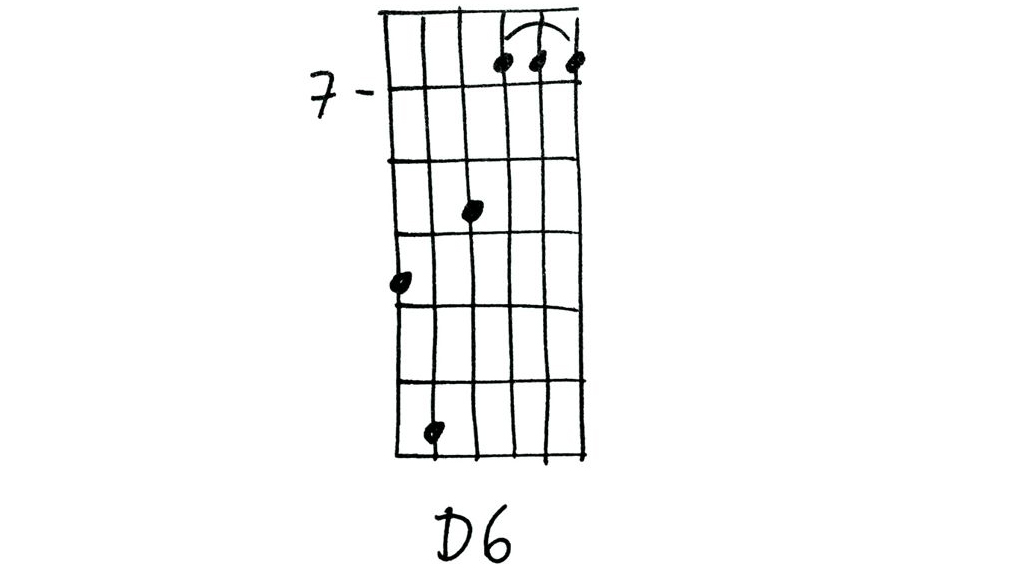
This one is a bit of a stretch, so let’s move up the neck to save your tendons. The sweet sound of the major 6th gives this a kind of fake Hawaiian sound, so try using subtle tremolo-bar scoops and vibrato to simulate a lap-steel sound. Maximum cheese!
A6add9
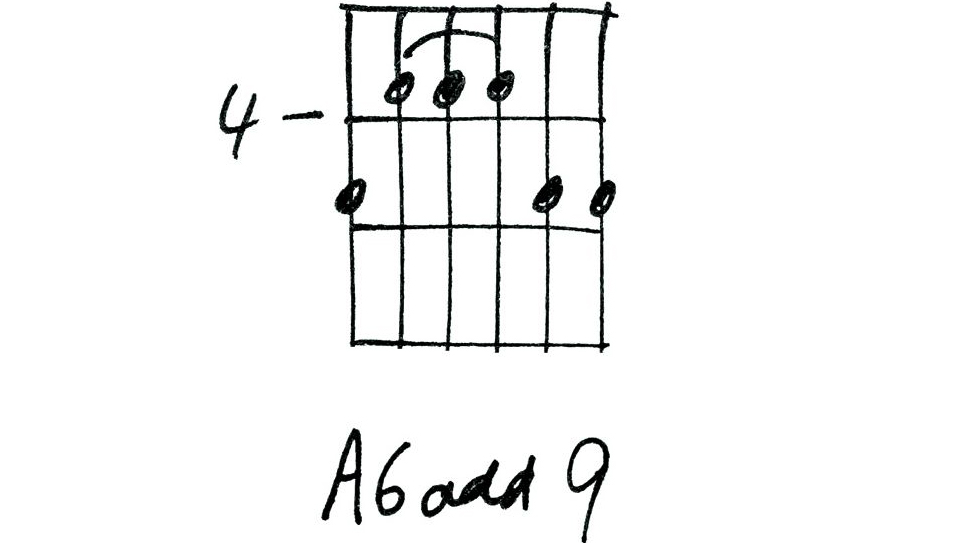
The 6th interval adds a sweetness to the chord, totally unlike the rather detached mystery of the added 9ths and suspended 2nds. This movable shape adds both 6th and 9th for a rich complexity. This chord is very popular in Western swing and other styles related to country and jazz.
Amaj9
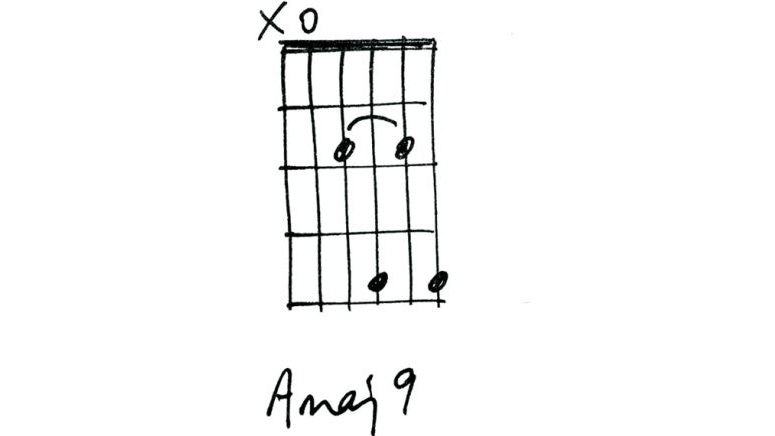
Although this is very similar to the previous chord in terms of construction, the major 7th gives it a totally different sound… wistful and slightly sad. Unfortunately, it’s not movable, so you get only the full effect in the key of A.
F#9sus4
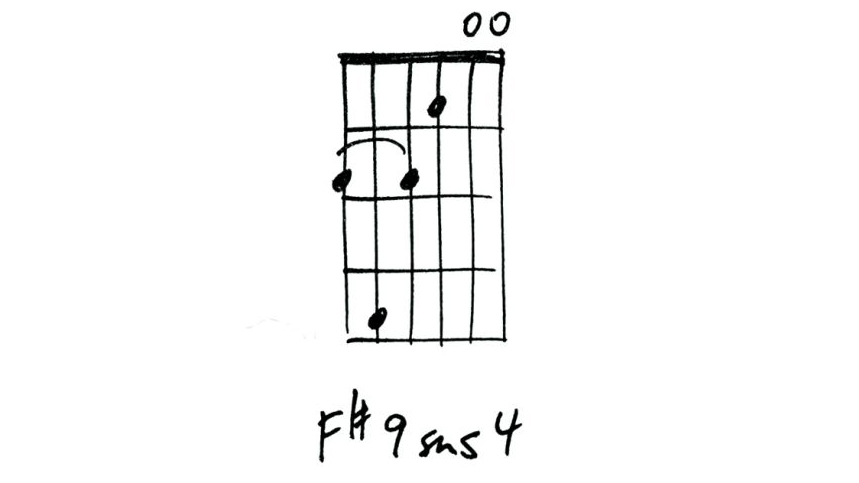
This isn’t comfortable, but it’s worth it for the sound! It seems to work best in an F# minor context, but the lack of 3rd means it’ll also work in F# major. In the long run, the easiest way to play it is to barre the 2nd-fret notes with the pad of your second finger. Practice makes perfect…
F#9sus4

This isn’t comfortable, but it’s worth it for the sound! It seems to work best in an F# minor context, but the lack of 3rd means it’ll also work in F# major. In the long run, the easiest way to play it is to barre the 2nd-fret notes with the pad of your second finger. Practice makes perfect…
Emaj9
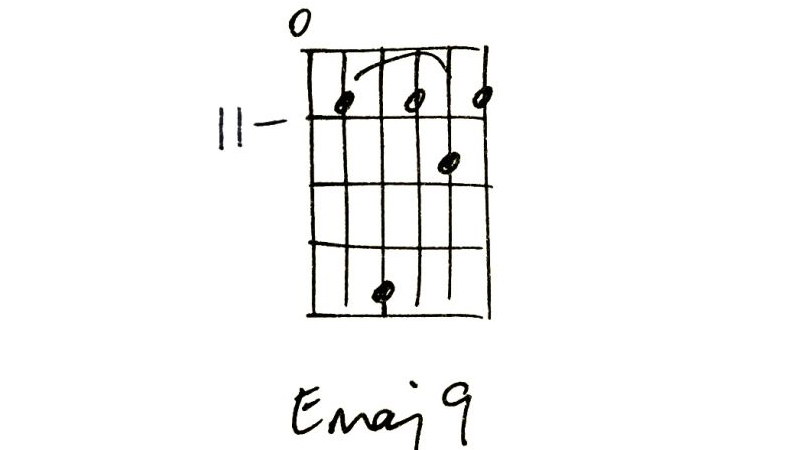
Here’s another major 9 chord, with a lovely shimmer. Again, it’s not movable in this form, but it can be, if you can do without the bass note. You’ll then be playing a chord without a root note – but hey, that’s what bass players are for, right?
B9sus4

Somehow, the dissonance of most dominant 7th-type chords doesn’t lend itself to shimmering clean tones, but here’s a compromise. This 9sus4 will work in both B major and B minor contexts, as a substitute for a regular B7, or even as a substitute for A major.
Cadd9

The key to this sort of sound seems to be a certain level of complexity. Simple major, minor or powerchords don’t work quite so well. More notes create a wider range of complex overtones, adding to the lushness. Here’s a nice, easy Cadd9 to start with…
Cm7add11
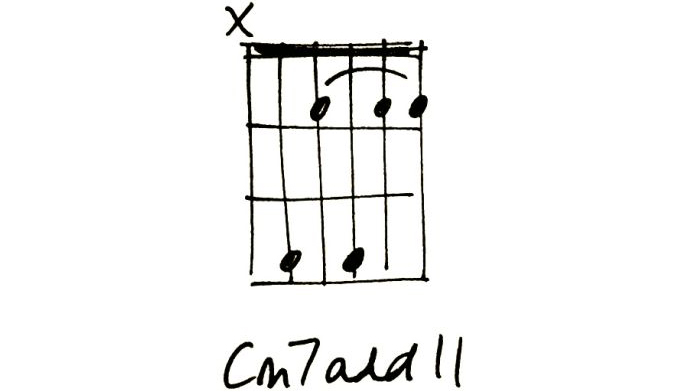
We’ll now skip to some of the ‘flat’ keys, where you may sacrifice some of the open strings, but you’re still left with plenty of possibilities. This movable shape can easily be used in place of the standard minor 7 chord, with the added 11th providing a hint of mystery.
Emadd9
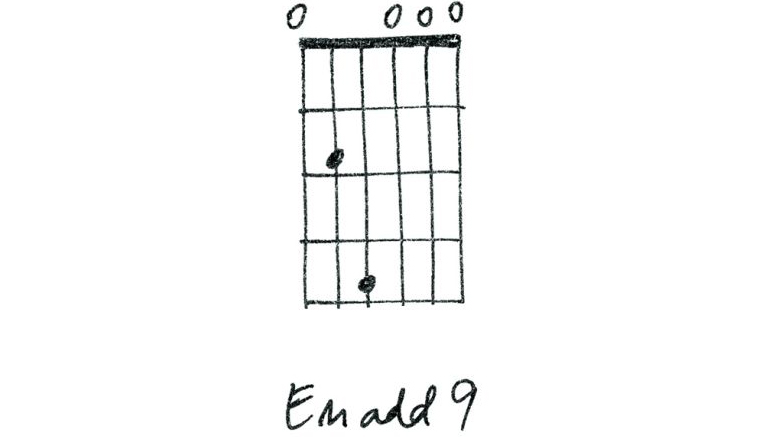
As you can probably imagine, the keys of E major and E minor are great for big shimmering chords, simply because of the pitch range of the open strings available in standard tuning. Let’s have just one more add9 chord, eh?
Gm6
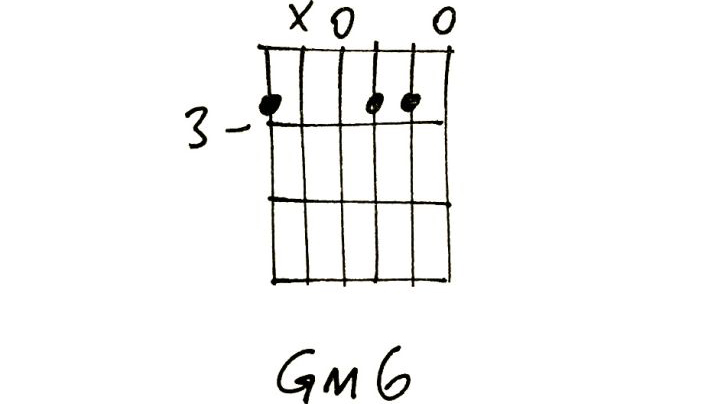
While the major 6th chord is known for its ‘sweet’ qualities, the minor 6th is a very different beast. Is there a hint of Cold War espionage in here? Like all the chords here, this should work well with its neighbours above and below, but also try alternating with a D major (even better with F# in the bass).
Bbadd9/#11

You can use this with or without the high open E note. Without, it’s a standard Bbadd9, and you can use it in place of pretty much any Bb major chord. Add the high E note, and you’re dealing with the Lydian mode (Bb C D E F G A), a far more exotic soundworld!
Dm9
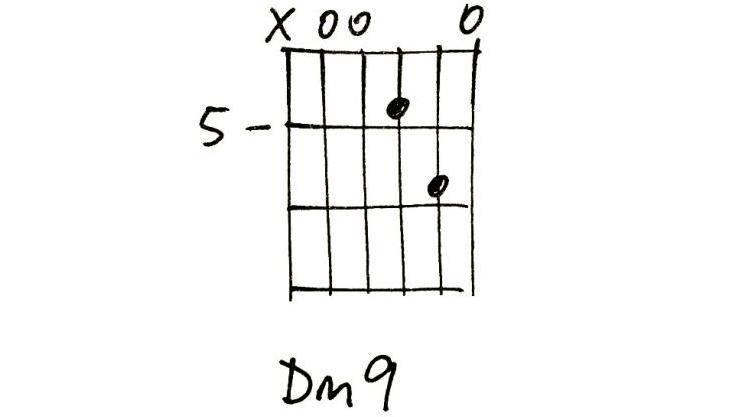
Here’s the easiest of the lot – and note the similarity to the previous chord. You need only two fingers for this Dm9, although strictly speaking, it’s Dm9/A, because the lowest note isn’t the root.
Fmaj7#11
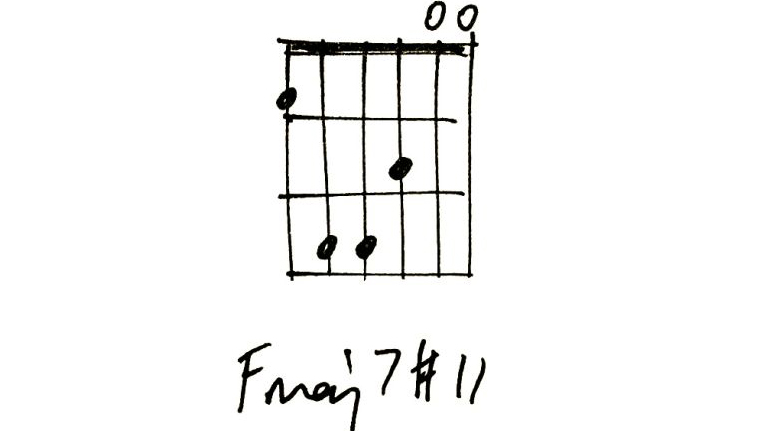
Here’s another chord that may remind you of Alex Lifeson, but it crops up in loads of other musical styles (one of those, sadly, being really bad fake flamenco). Like the Bb chord above, it also has a #11, meaning it works with the Lydian mode (F G A B C D E).
MusicRadar is the number one website for music-makers of all kinds, be they guitarists, drummers, keyboard players, DJs or producers...
- GEAR: We help musicians find the best gear with top-ranking gear round-ups and high-quality, authoritative reviews by a wide team of highly experienced experts.
- TIPS: We also provide tuition, from bite-sized tips to advanced work-outs and guidance from recognised musicians and stars.
- STARS: We talk to musicians and stars about their creative processes, and the nuts and bolts of their gear and technique. We give fans an insight into the craft of music-making that no other music website can.
